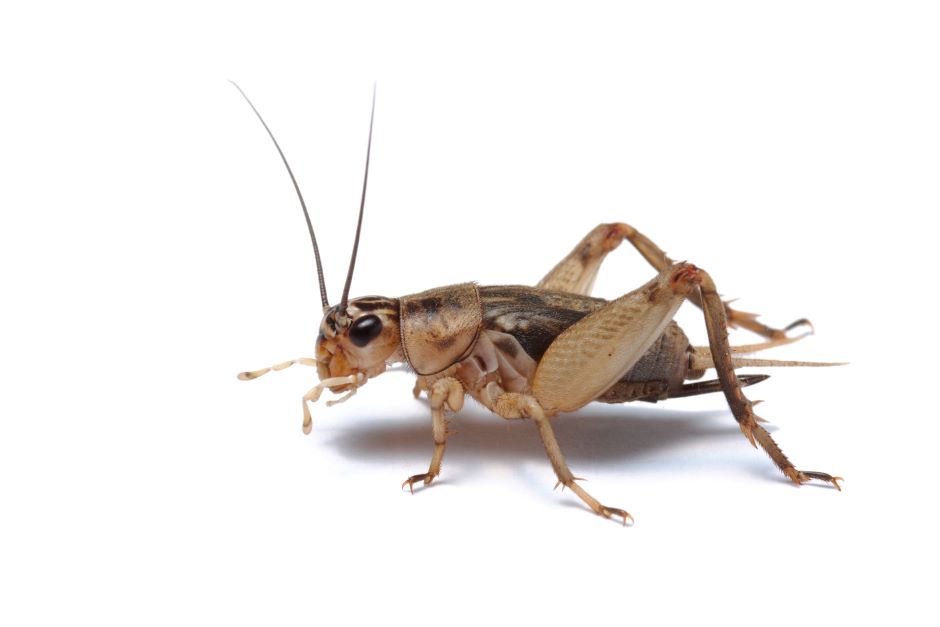THE HAMMER ORCHID
Bible Study / Daily Devotional
Daily Devotions
Average reading time is about 6 minutes
AN AMAZING FACT: Most plants and flowers must pollinate to survive, so the Lord has devised many ingenious ways to help them exchange these particles of life. God has created many flower species that pretend to have food that insects want, emitting the scents of things like coconut or even rotting meat to attract them.
Some orchids, however, to achieve pollination, appear to offer insects the promise of marriage. Parts of the flower have been designed to resemble the female versions of certain insects, and the imitation is often astounding. Take, for example, the Australian hammer orchid which has taken advantage of a mating ritual of the Thynnid wasp.
The lower lip of the hammer orchid’s flower mimics the female wasp resting on a twig, looking upward, waiting for a male flying by to spot her. Even to the human eye, it almost perfectly resembles the plump, wingless female Thynnid wasp, complete with a shiny head and furry body. The orchid even releases an enticing female wasp pheromone. That’s a chemical copy of the same sexy perfume the female wasp wears when she’s ready for marriage. Amazing! Poised at the end of an arm just above this alluring decoy are sticky bags filled with pollen.
A male Thynnid wasp flying by, lured by the imitation scent, will grab the decoy and try to fly off with “her” in his grasp. As he takes off, however, his momentum flips him and his flowery pretender up and over, right into the sticky pollen sacks. After realizing his mistake, he releases the decoy—and flies off, only to be fooled again by another hammer orchid, which he now pollinates with the pollen he picked up on his previous bad date. In the process, the wasp transfers pollen from flower to flower.
When real female Thynnid wasps are around, males will invariably choose a live one over the impostor. For this reason God conveniently designed these orchids to bloom in the brief period several weeks before female wasps emerge from underground, giving the flower a temporary advantage when male wasps are flying but females are not yet available.
Mimicry in nature is truly remarkable, even humorous, but wolves in sheep’s clothes is no laughing matter. Jesus warned us that false prophets will come to deceive us before the Second Coming. They will look like the “real thing,” but to the Christian who has carefully studied the Bible, we may detect and turn away from the lures of the devil.
KEY BIBLE TEXTS
Beware of false prophets, which come to you in sheep's clothing, but inwardly they are ravening wolves. Matthew 7:15
THE HAMMER ORCHID
Bible Study / Daily Devotional
Daily Devotions
Average reading time is about 6 minutes
AN AMAZING FACT: Most plants and flowers must pollinate to survive, so the Lord has devised many ingenious ways to help them exchange these particles of life. God has created many flower species that pretend to have food that insects want, emitting the scents of things like coconut or even rotting meat to attract them.
Some orchids, however, to achieve pollination, appear to offer insects the promise of marriage. Parts of the flower have been designed to resemble the female versions of certain insects, and the imitation is often astounding. Take, for example, the Australian hammer orchid which has taken advantage of a mating ritual of the Thynnid wasp.
The lower lip of the hammer orchid’s flower mimics the female wasp resting on a twig, looking upward, waiting for a male flying by to spot her. Even to the human eye, it almost perfectly resembles the plump, wingless female Thynnid wasp, complete with a shiny head and furry body. The orchid even releases an enticing female wasp pheromone. That’s a chemical copy of the same sexy perfume the female wasp wears when she’s ready for marriage. Amazing! Poised at the end of an arm just above this alluring decoy are sticky bags filled with pollen.
A male Thynnid wasp flying by, lured by the imitation scent, will grab the decoy and try to fly off with “her” in his grasp. As he takes off, however, his momentum flips him and his flowery pretender up and over, right into the sticky pollen sacks. After realizing his mistake, he releases the decoy—and flies off, only to be fooled again by another hammer orchid, which he now pollinates with the pollen he picked up on his previous bad date. In the process, the wasp transfers pollen from flower to flower.
When real female Thynnid wasps are around, males will invariably choose a live one over the impostor. For this reason God conveniently designed these orchids to bloom in the brief period several weeks before female wasps emerge from underground, giving the flower a temporary advantage when male wasps are flying but females are not yet available.
Mimicry in nature is truly remarkable, even humorous, but wolves in sheep’s clothes is no laughing matter. Jesus warned us that false prophets will come to deceive us before the Second Coming. They will look like the “real thing,” but to the Christian who has carefully studied the Bible, we may detect and turn away from the lures of the devil.
KEY BIBLE TEXTS
Beware of false prophets, which come to you in sheep's clothing, but inwardly they are ravening wolves. Matthew 7:15










